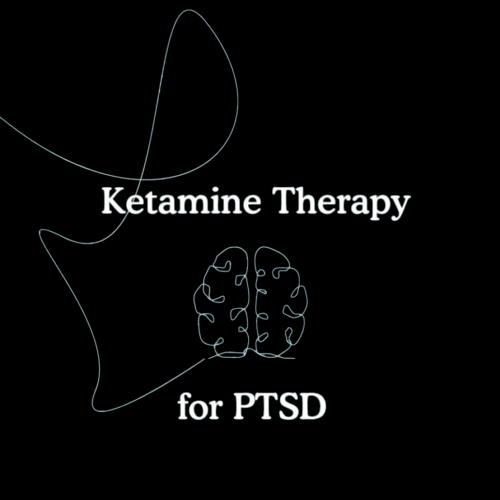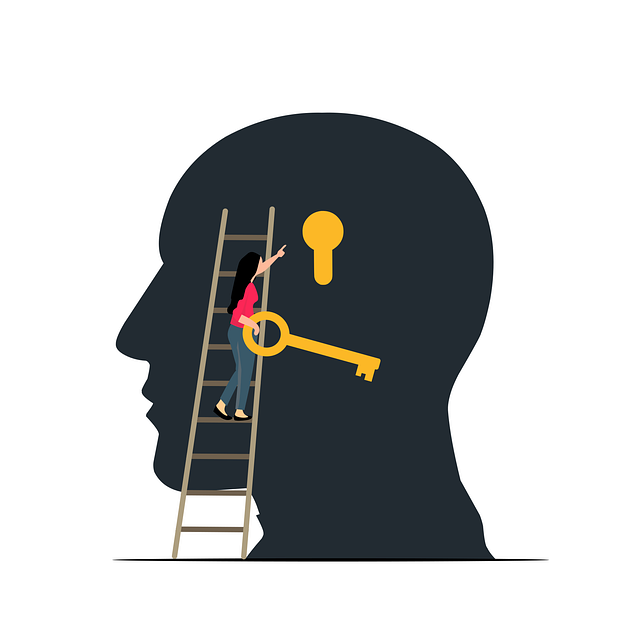Introduction: Understanding CBT and Anxiety
Anxiety is one of the most common mental health challenges faced worldwide. It can show up in different forms such as constant worry, panic attacks, or phobias. While occasional anxiety is a normal part of life, persistent and overwhelming anxiety often requires professional treatment. Among all treatment options, Cognitive Behavioral Therapy (CBT) stands out as one of the most effective approaches. CBT for anxiety focuses on helping individuals identify unhelpful thought patterns and replace them with healthier, more realistic ones.

In this article, we will dive deep into what CBT is, how it works for anxiety, its techniques, benefits, limitations, and how anyone struggling with anxiety can start using CBT to find relief.
What is CBT for Anxiety?
CBT, or Cognitive Behavioral Therapy, is a form of psychotherapy that addresses the connection between thoughts, feelings, and behaviors. The basic idea is that our thoughts shape how we feel and behave. When someone struggles with anxiety, their thoughts often become distorted, leading to exaggerated fears and avoidance behaviors.
CBT for anxiety aims to break this cycle by teaching individuals how to recognize, challenge, and restructure negative thought patterns. It empowers people to respond to situations more rationally, reducing anxious symptoms over time. Unlike traditional talk therapy, CBT is structured, goal-oriented, and practical, making it one of the most widely used therapies for anxiety.
How Does CBT Work for Anxiety Disorders?
CBT works by helping people understand the link between their thoughts and anxious feelings. For example, if someone thinks, “I will embarrass myself if I speak in front of others,” the thought triggers fear and avoidance of public speaking. CBT helps individuals challenge this belief and replace it with something more balanced, such as, “I may feel nervous, but I can prepare and do well.”

Through structured sessions, therapists guide clients to gradually face their fears in manageable steps, practice coping strategies, and develop healthier responses to triggers. Over time, this retrains the brain to respond more calmly in anxiety-provoking situations.
Core Principles of CBT for Anxiety
CBT for anxiety is guided by a few core principles:
- Thoughts, feelings, and behaviors are connected – Changing unhelpful thoughts can change emotions and actions.
- Anxiety is maintained by distorted thinking – Catastrophizing, black-and-white thinking, and overgeneralization often fuel anxiety.
- Practical skills can reduce symptoms – Learning and practicing coping strategies helps manage anxiety in real-life situations.
- Gradual exposure leads to progress – Facing fears step by step reduces avoidance and builds resilience.
- Self-monitoring increases awareness – Tracking thoughts and feelings helps identify patterns that need to be addressed.
CBT Techniques for Managing Anxiety
CBT uses a variety of practical techniques to help manage anxiety. Some of the most effective include:
Cognitive Restructuring
This technique involves identifying distorted thoughts and replacing them with more realistic ones. For example, turning “I can’t handle this situation” into “I’ve faced challenges before and managed.”
Exposure Therapy
Gradually facing feared situations instead of avoiding them helps reduce anxiety over time. Someone afraid of flying may start with reading about airplanes, then visiting an airport, and eventually taking short flights.
Behavioral Experiments
These involve testing beliefs in real-life situations. For example, if someone believes “People will laugh at me if I ask a question,” they might test it by asking a simple question and observing the actual response.
Relaxation and Mindfulness Techniques
Deep breathing, progressive muscle relaxation, and mindfulness meditation help calm the body and mind. Practicing these techniques reduces physical symptoms of anxiety.
Journaling and Self-Monitoring
Keeping track of anxious thoughts and situations helps individuals notice recurring patterns. This self-awareness makes it easier to challenge and change negative thinking.
Benefits of CBT for Anxiety
CBT has many proven benefits when treating anxiety:
- Evidence-based effectiveness: Decades of research confirm CBT as one of the most effective therapies for anxiety disorders.
- Skill-building: It equips individuals with tools they can use for a lifetime.
- Structured and goal-oriented: Each session has clear objectives, making progress measurable.
- Short-term approach: Many people see improvements within 12–20 sessions.
- Applicable to multiple disorders: CBT works for generalized anxiety disorder, panic disorder, phobias, OCD, and PTSD.
- Long-lasting results: People often continue to benefit long after therapy ends because they learn to manage their thoughts independently.
CBT vs. Medication: Which Works Better?
Both CBT and medication can help with anxiety, but they work in different ways. Medication often reduces symptoms quickly by balancing brain chemistry, while CBT addresses the underlying thought patterns and coping skills.

Research shows that CBT is just as effective as medication for many anxiety disorders, and the results tend to last longer. In some cases, a combination of both provides the best outcome. Unlike medication, CBT does not cause side effects, making it a preferred choice for many people.
Who Can Benefit Most from CBT for Anxiety?
CBT can help almost anyone experiencing anxiety, but it is especially effective for:
- People with generalized anxiety disorder (chronic worry about everyday events).
- Those with social anxiety disorder (fear of social situations).
- Individuals with panic disorder (recurrent panic attacks).
- People facing specific phobias (such as fear of flying, spiders, or heights).
- Those with post-traumatic stress disorder (PTSD) or obsessive-compulsive disorder (OCD).
Whether mild or severe, CBT provides tools that can make anxiety more manageable.
Limitations of CBT for Anxiety
While CBT is highly effective, it is not perfect. Some limitations include:
- Requires active participation: Success depends on practicing skills outside of therapy.
- Takes time and effort: Results are not instant; progress is gradual.
- Not always accessible: Finding trained therapists or affording sessions can be a challenge.
- Not a one-size-fits-all solution: Some individuals may need alternative or additional treatments.
Despite these limitations, CBT remains one of the most recommended treatments due to its strong track record.
How to Get Started with CBT
Starting CBT may feel overwhelming at first, but there are multiple ways to begin.
Finding a Therapist
Seek a licensed therapist trained in CBT. Many specialize in anxiety disorders and can provide personalized treatment plans.
Online CBT Options
With digital platforms, online therapy and guided CBT programs are more accessible than ever. These can be helpful for people who cannot attend in-person sessions.
Self-Help CBT Strategies
Books, workbooks, and apps provide exercises based on CBT principles. While not a substitute for professional guidance, they can be useful tools for managing anxiety independently.
Real-Life Examples and Case Studies
Consider Sarah, a 28-year-old with social anxiety. She avoided speaking in meetings because she feared judgment. Through CBT, she identified her distorted thoughts, challenged them, and practiced speaking gradually. Over time, her confidence grew, and her anxiety lessened.
Another example is John, who had panic disorder. He believed every rapid heartbeat meant a heart attack. His therapist guided him through cognitive restructuring and exposure exercises, which helped him recognize the difference between anxiety symptoms and medical emergencies. His panic attacks became less frequent and less intense.
Tips for Maximizing the Effectiveness of CBT
- Be consistent: Attend sessions regularly and complete homework assignments.
- Practice daily: Apply CBT techniques in real-life situations.
- Track progress: Keep a journal of symptoms and improvements.
- Stay patient: Change takes time, but progress builds with persistence.
- Communicate with your therapist: Share challenges openly for better guidance.
Future of CBT in Anxiety Treatment
The future of CBT looks promising. Advances in technology are making CBT more accessible through online therapy, virtual reality exposure sessions, and interactive apps. Researchers are also exploring how combining CBT with mindfulness and neuroscience-based strategies can further enhance results.
As awareness of mental health grows, CBT will continue to play a central role in helping people manage and overcome anxiety.
Conclusion: Why CBT is a Powerful Tool for Overcoming Anxiety
CBT for anxiety is more than just a therapy—it’s a life-changing approach that equips individuals with the tools to face fears, challenge negative thoughts, and regain control over their lives. By focusing on practical skills and long-lasting strategies, CBT empowers people to not only reduce anxiety but also build resilience for the future.
For anyone struggling with anxiety, CBT offers hope and a proven path toward relief. With consistent practice and guidance, it can transform anxious thoughts into balanced perspectives and create a calmer, more confident life.



